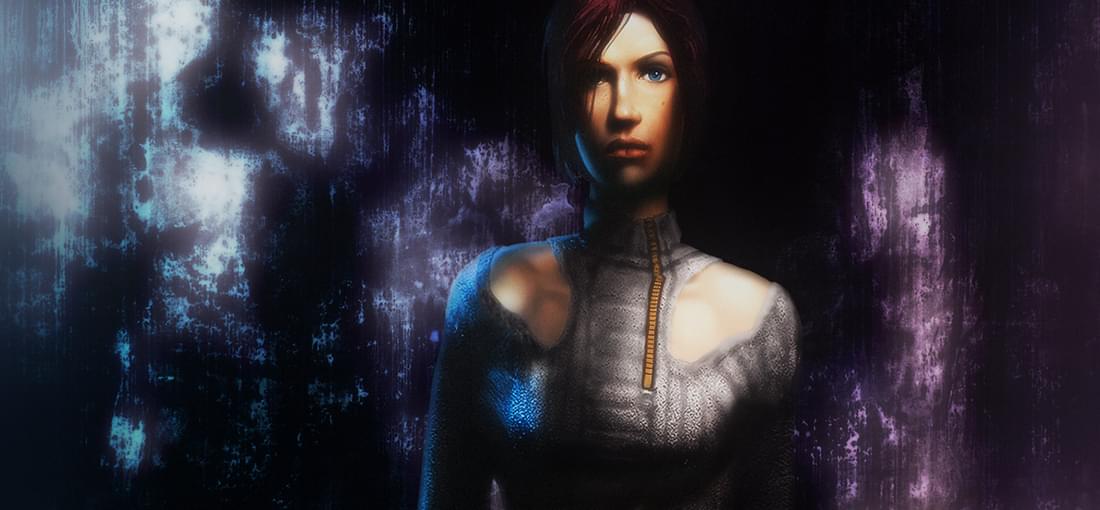


This game, its sequel and the like bear some resemblance to the Sierra On-line, or Lucas Arts adventure games often referred to in some of these reviews. The cursor mechanics take interaction away from the user, utilizing a 'smart' cursor that informs the user that there is something to do there. The user only has to drag a cursor over the screen, pixel-hunting for the hot-spot that will activate the cursor, changing its state to feedback an alert to the player by changing the cursor graphic. Player interaction is reduced to a click of the mouse and what ever needs to be done at that spot automatically is done. As for puzzles, most are simple, non-dynamic tasks that do not require much interaction on behalf of the player. And they are scarce when compared to the classic games, replaced by seemingly endless dialogues, and long walks through incredible environments where there is usually not much to do except experience some frustration at the lack of interaction needed. On top of that, you would have to think that listening to a character that sounds like an airhead is cool or entertaining in some way. If not, you will just be annoyed. The Longest Journey is a very done interactive story. But the interaction is minimal, the entire experience is far more passive, requiring little in the way of decision making by the player, as opposed to the older games that used a cursor mechanic that allowed the player to choose what act was performed and when, leaving the interactive decision making in the hands of the user, where it should be in an adventure game. By all means, play The Longest Journey, and its sequel. And play Siberia, and its sequel as well. They are similar. I have played them and they are memorable and enjoyable. But if you choose to review them at all, review them for what they are, not what they try to be or were inspired by. To do anything else is to point those who seek a certain type of content in the wrong direction. -enjoy the games-